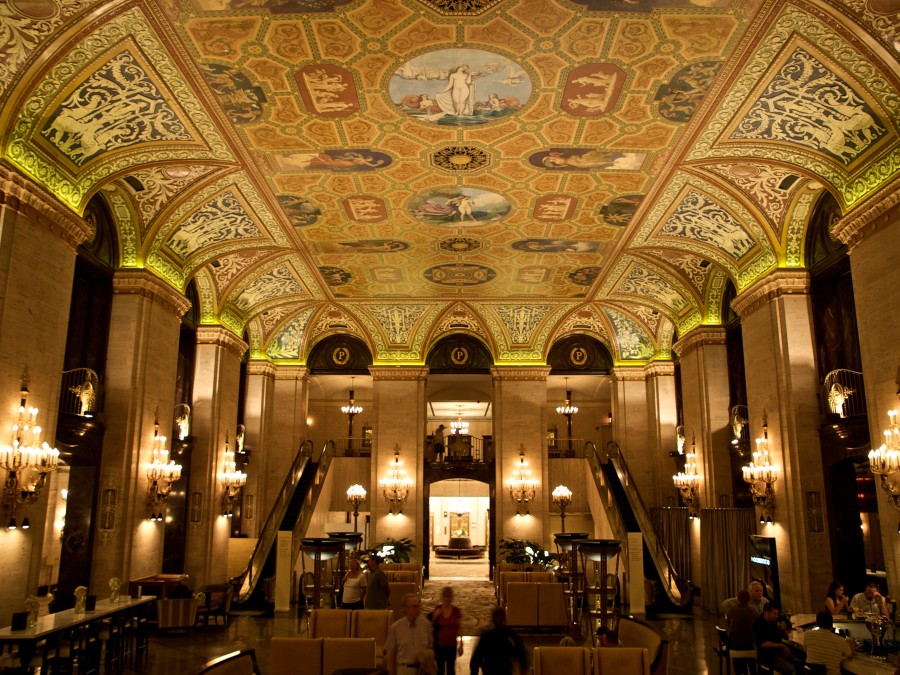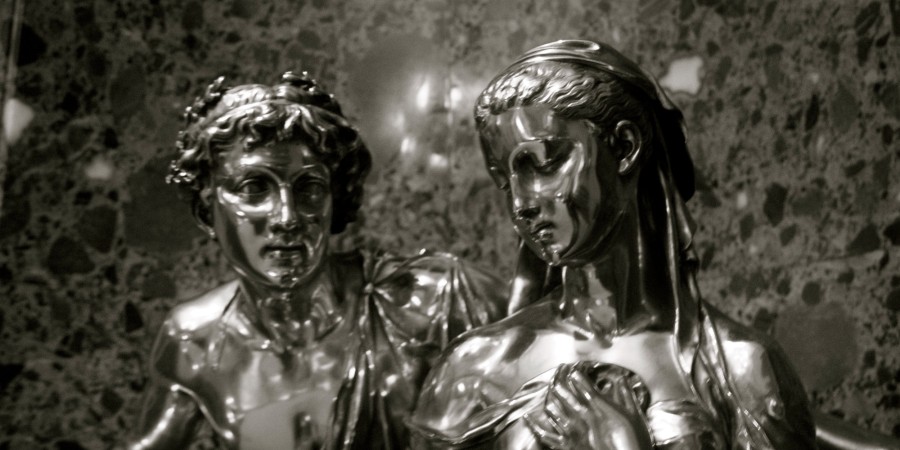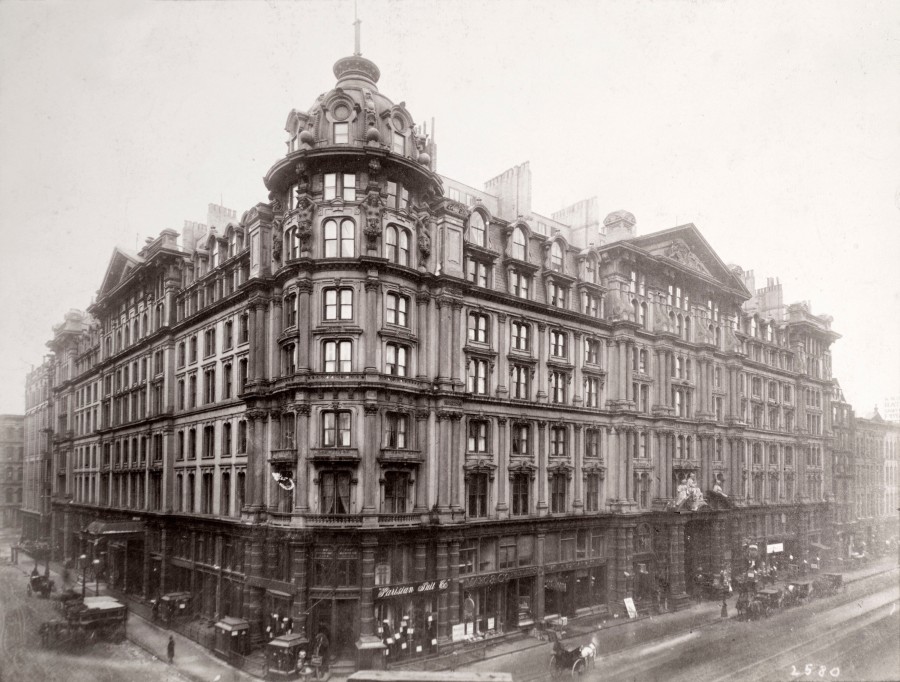This summer months symptoms quietly went up on the doorways of the Palmer Property Hilton: “Our lodge has quickly suspended operations.”
It’s only the 2nd time this hotel — a person of Chicago’s biggest, and possibly its most fabled — has shut down in its 141-calendar year-record. The 1st was for an extended interval in October 1871, when the to start with resort, only a several weeks previous, burned down in the Fantastic Chicago Fireplace.
The pandemic-similar dips in tourism have cost Chicago hotels, and the Palmer Property Hilton — which has stood in Chicago’s downtown for a lot more than a century — is not exempt.
As the proprietor, Thor Equities, defaults on its personal loan, the historied hotel’s foreseeable future continues to be uncertain. The general public can not get within the developing now, but here’s a seem at the Palmer House’s about-the-prime splendor and history.

The Palmer Property attributes a 2nd-tale lobby with a soaring, muraled ceiling and Tiffany bronze candelabras. There are brass peacock doors on State Avenue (honoring the longtime jewellery store C.D. Peacock) and a Romeo and Juliet statue on a landing when getting into from Monroe Road.

The Palmer Property was constructed as a marriage ceremony gift by Potter Palmer, who designed his fortune in a dry items store he begun with his lover Marshall Industry. (It went on to be what we now know as Macy’s.)
In 1870, Palmer acquired a three-quarter-mile plot along State Road, and developed the Palmer on the corner of Monroe and Point out. In executing so, he effectively modified the route of Chicago’s major thoroughfare. (It had formerly been the east to west working Lake Road.) Just after the Fantastic Chicago Hearth, Palmer rebuilt, bigger, throughout the street and reopened in July 1873.

The whole resort was rebuilt in the early 1920s, to consider it from seven to 25 stories, by the similar architecture business that crafted the Town Hall making, Soldier Industry and the Stevens Lodge. Still, for the duration of that development the Palmer Dwelling didn’t close: One at a time, portions of the making have been shut, demolished and changed.
The lodge has been the backdrop for presidents, musicians, murder and flicks about its 141-calendar year historical past.
It’s at this next Palmer Dwelling that Mark Twain spoke at a lavish supper to honor former president Ulysses S. Grant. Two presidents have been also guests when nominated for president: James Garfield in 1880 and Grover Cleveland in 1884.
The Palmer’s musical legacy is even increased. In the ‘30s, the resort highlighted a supper club, the place performers provided Judy Garland, Ella Fitzgerald and Harry Belafonte. The hotel was a turning stage in 24-yr-outdated Frank Sinatra’s job in 1939. There, Sinatra auditioned for Tommy Dorsey, who had the country’s preeminent huge band. He joined Dorsey’s band and rocketed to stardom. Pianist Liberace also acquired his breakout gig at the Palmer Home.

Beginning in 1934, the hotel also hosted 4 semi-specialist baseball groups produced up of staff members. One particular of the groups, 1st called the Waiters and afterwards the Palmer House Stars, consisted of Black workers. The Stars played in a semi-professional Negro League and won the Illinois championship in 1939 and 1940.
In 1945, the Palmer family members offered the lodge to Conrad Hilton, who was immediately expanding his chain of Texas inns into a national brand name. Together with Chicago’s Stevens Hotel, which he also procured, the Palmer was at the time 1 of the major inns in the nation and, apparently, the world.
A infamous murder took place on the Palmer House’s seventh floor in July 1970: The stabbing of two adolescents attending a conference of the Japanese American Citizens League. One particular, Evelyn Okubo, died, but Carol Yamada survived. Even though no suspect was ever identified, the circumstance was sensationalized in the media.
In the ‘80s and ‘90s, the lodge was highlighted in two Jim Belushi films: Red Warmth, also starring Arnold Schwarzenegger, and Curly Sue.
Dennis Rodkin is a true estate reporter for Crain’s Chicago Organization and Reset’s “What’s That Building?” contributor.





More Stories
5 Backpacking Recipes
Standard Service Looms At Luxury Hotels For Beijing Olympic Games
Annapurna Trekking